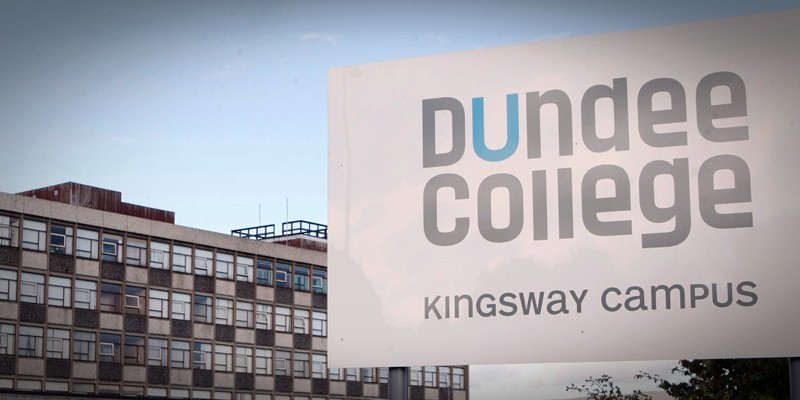Dundee College is worried that a move towards a regional model for further education could lead to extra bureaucracy.
Along with Angus College, it forms the Tayside grouping proposed by the Scottish Government as part of efforts by ministers to streamline the sector. More collaboration between colleges, possibly including the creation of some sort of federal management structure or even full mergers, is on the way.
Potential tie-ups in other parts of the country, particularly in the Glasgow and Edinburgh areas, could see the number of colleges in Scotland fall by more than a third from its present total of 41.
In its consultation response to a government paper on post-16 education, Dundee College has said it is ”very open” to reform, but this must be implemented in a way which benefits learners and does not create additional layers of bureaucracy.
”Advantages must not be assumed but must be evidence-based and any regional commissioning model must be modelled in order to test the impact and avoid unintended consequences.
”It would be very messy to have a wide range of differing regional models.
”The simple approach of a single regional college with local access points is likely to provide the best model in many cases, with funding managed and accountability delivered through its own board,” the college said.
Potential pros included better planning, better use of limited resources and the pooling of expertise, facilities and resources. The cons included more complex management structures in the case of federations, and the costs of operating multiple campuses.
Dundee College is also concerned about the possible effects of bringing together institutions with different cultures and the ”distraction from day-to-day operations” that could result from regionalisation.
The Dundee Partnership, which links the city council together with partner agencies, said there is an argument in favour of better regional planning for further education but there could also be ”significant costs and wastage” associated with the transition to any new model.
”From a local authority perspective, we would hope that a needs-based commissioning model would recognise the disparity between different regions in Scotland.
”In the case of a city like Dundee, with a disproportionate share of Scotland’s poor, we would hope that the funding model would recognise different levels of need and provide appropriate levels of resource to meet these needs,” it said.
